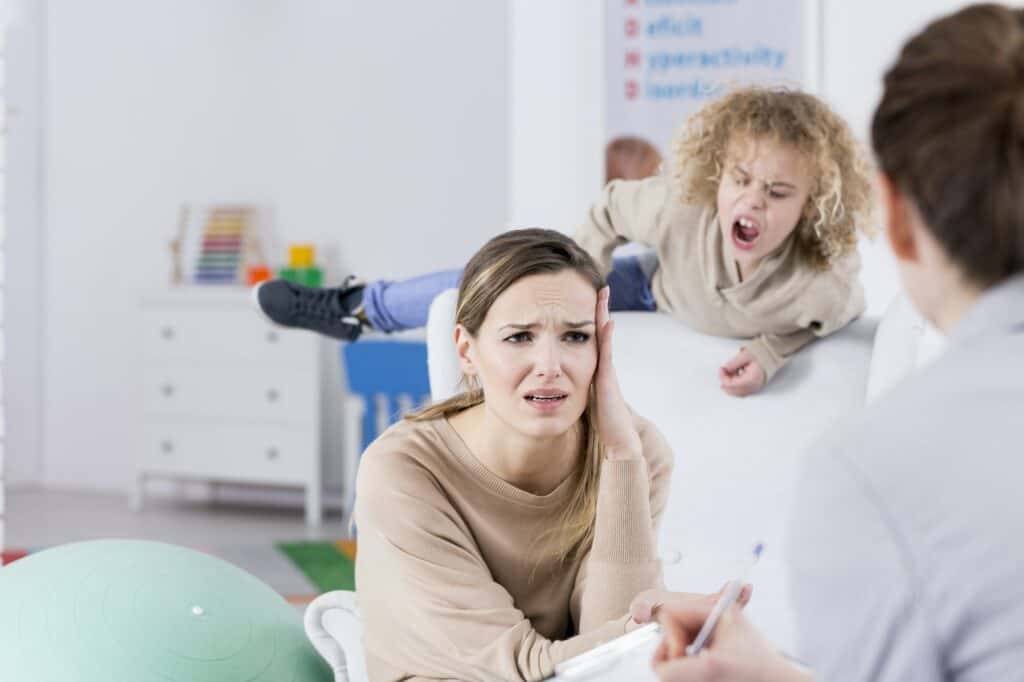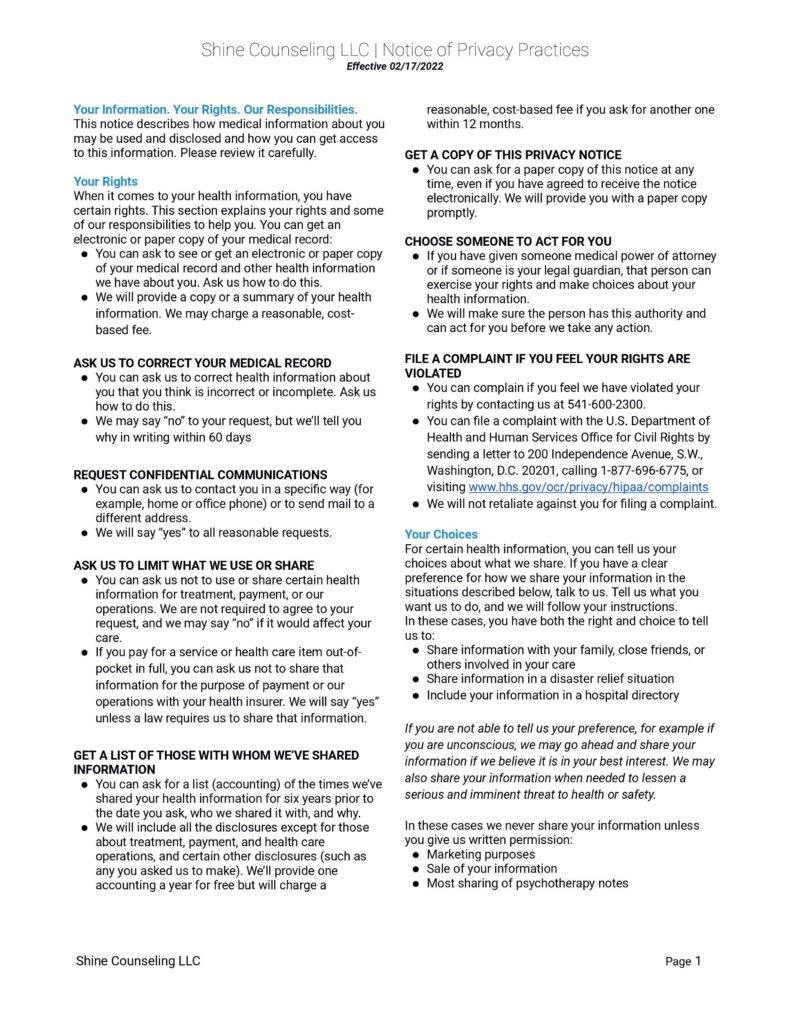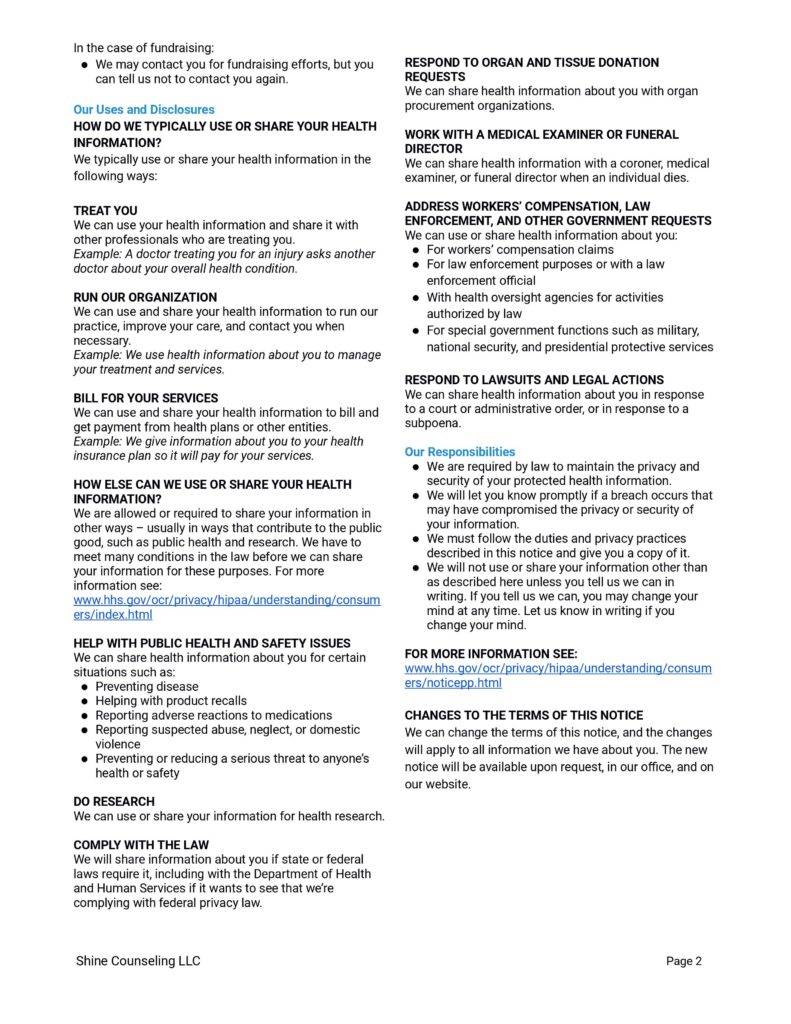Child Counseling and Therapy
Child Counseling and Therapy
Home - Therapy and Counseling Services - Child Counseling and Therapy
Everything about Child Counseling
Children’s Therapy, as you may expect, is all about children and how they develop! This particular approach to therapy allows both a parent and therapist to focus on the client to help them overcome obstacles. Some of these include listening issues, rebellious behavior, poor school performance, ADHD, and more. The hope is that the child’s current problems can be resolved. Attending therapy early on can also help prevent future issues from affecting the child as an adult. Today we’re going to take an in-depth look at what exactly goes on during Children’s Therapy, so let’s dive in!

Table of Contents
What exactly is Child Counseling?
Children’s Therapy is an approach to therapy that focuses on a person’s child and their development. A therapist can either work alone with the child or together with a parent or family. They aim to understand the causes of abnormal behavior through treatment. Someone can bring their child into therapy for various reasons, some of which may be physical or mental obstacles that the child is having trouble overcoming. They can focus on building new parenting or behavioral patterns that can eventually replace the old habits!
History of Children's Therapy
Children’s Therapy came from the adult therapy world that had previously been the focus in psychology. Although many others worked in this field before her, such as Freud and his ideas on Childhood Development, Virginia Axline was a core founder of Children’s Play Therapy. She claimed that the best way to help children was to work with them directly. This way, a therapist can get the best access to what goes on inside of their heads. Parent-Child Interaction Therapy, on the other hand, was developed by Dr. Sheila Eyberg. She wanted to create a therapy that would better improve a family’s dynamic. Among many others, these two women are some of the pioneers behind Children’s Therapy.


Who may find Child Counseling helpful, and what can it do?
Children’s Therapy can be beneficial for any child showing problem behaviors or any parent who thinks they could improve their parenting methods. This form of therapy has many different techniques. It can be used for children with ADHD, Depression, Anxiety, PTSD, and many other disorders that can be overwhelming for a child. It is crucial for someone with symptoms to start therapy early to weed out potential problems before they develop. That being said, Children’s Therapy can be helpful to any child who feels (or whose parent feels) that they could benefit from therapy.
The difference between online and in-person Children's Therapy
Sometimes a traditional therapy setting can feel a little uninteresting for a child. This can make it harder to pay attention and work towards one’s goals. With in-person therapy, therapists can adjust their style to best fit the child’s psychological and entertainment needs. Online, however, this can become a little more difficult. This is why an online children’s therapist may be sure to engage the child with ample space, activities, and questions. This way, the child can benefit from wherever they are!
Does Shine Counseling offer Children's Therapy?
Shine Licensed Professional Counselors and Therapists are well trained in the world of Children’s Therapy and are excited to help those youngsters who need us! By using Positive Psychology and play therapy techniques, Shine Counseling could be a perfect spot for improving a child or parent’s mental health. Whether it be to address a behavioral issue or to learn how to communicate better, our professional therapists are experts in the field of Children’s Therapy!
In depth explanation of Children's Counseling
This type of therapy uses a variety of approaches! This way, the therapist can decide what best fits the child’s needs and what treatment may be most successful for them. Let’s take a look at some of the most common forms of Children’s Therapy.
- Play Therapy
Sometimes, a therapist’s office can seem like a dull place for a child. Play Therapy is a helpful form of psychotherapy because it can help the office seem less intimidating! A therapist can either play a game with the child or even observe them play in a room. They will make observations and guide the kid towards expressing their emotions and working on their behaviors. The main goal of play therapy is for the child to learn how to recognize their feelings and how to say them out loud.
- Parent-Child Interaction Therapy
PCIT, or Parent-Child Interaction Therapy, is one of the most successful forms of Children’s Therapy. This approach is used mainly to help coach parents in how to interact with their children. The therapist helps the parent recognize the issue and teaches them how to correct and enforce the behavior while keeping a positive family bond. This type of therapy is especially helpful for parents of children with ADHD or other disorders where they may feel lost in how to best care for their child’s needs.
- Cognitive Behavioral Therapy
CBT, or Cognitive Behavioral Therapy, is a kind of therapy that focuses specifically on correcting a child’s specific actions or ways of conducting themselves. This can be helpful for children experiencing Anxiety or Depression if they feel confused by their strong emotions. As a form of talk therapy, it may be better for older children and adolescents. A therapist will first help the child get better at identifying their emotions. Next, they will teach them healthier ways of coping with and handling strong feelings.
Summary
Children’s Therapy is a research-based practice that focuses on helping a child improve over time. A therapist may work alone with a child or with their parent and family to better their behavior or a parent’s way of raising their child. Together, the therapist and client(s) hope to resolve conflicts and increase their overall happiness!

Evidence Based Practice Research Resources
Frequently Asked Questions
There is no such thing as no communication. For instance, even when we’re silent, we’re communicating something. Perhaps we are not in the mood for a talk that speaks for itself, doesn’t it? On the other hand, when we are in an exploratory mood, we ask questions. As a result, our intellectual capacity increases.
It is sometimes hard to know what goes on inside a child’s head, so let’s look at some of the most common questions about this form of therapy.

Children's Therapy is used for every age throughout childhood. From infancy to near-adulthood, a parent can attend or have their child attend therapy at any time they feel they need it. However, it may be best to ask a therapist what they would recommend for a child's therapy path based on their specific needs.
Absolutely! If a parent notices behavior they are having trouble reversing, sometimes it is best to get help. For example, suppose their child becomes violent when they lose at a video game and won't stop. In this case, it may be helpful to seek a therapist's assistance in changing this behavior.
It is sometimes hard to say when a young one needs professional help for sure. However, if a parent notices frequent tantrums, hyperactivity, fear, trouble socializing, or any other concerning issues they would like to address, it can benefit both a parent and a child to attend therapy.
Home - Therapy and Counseling Services - Child Counseling and Therapy

